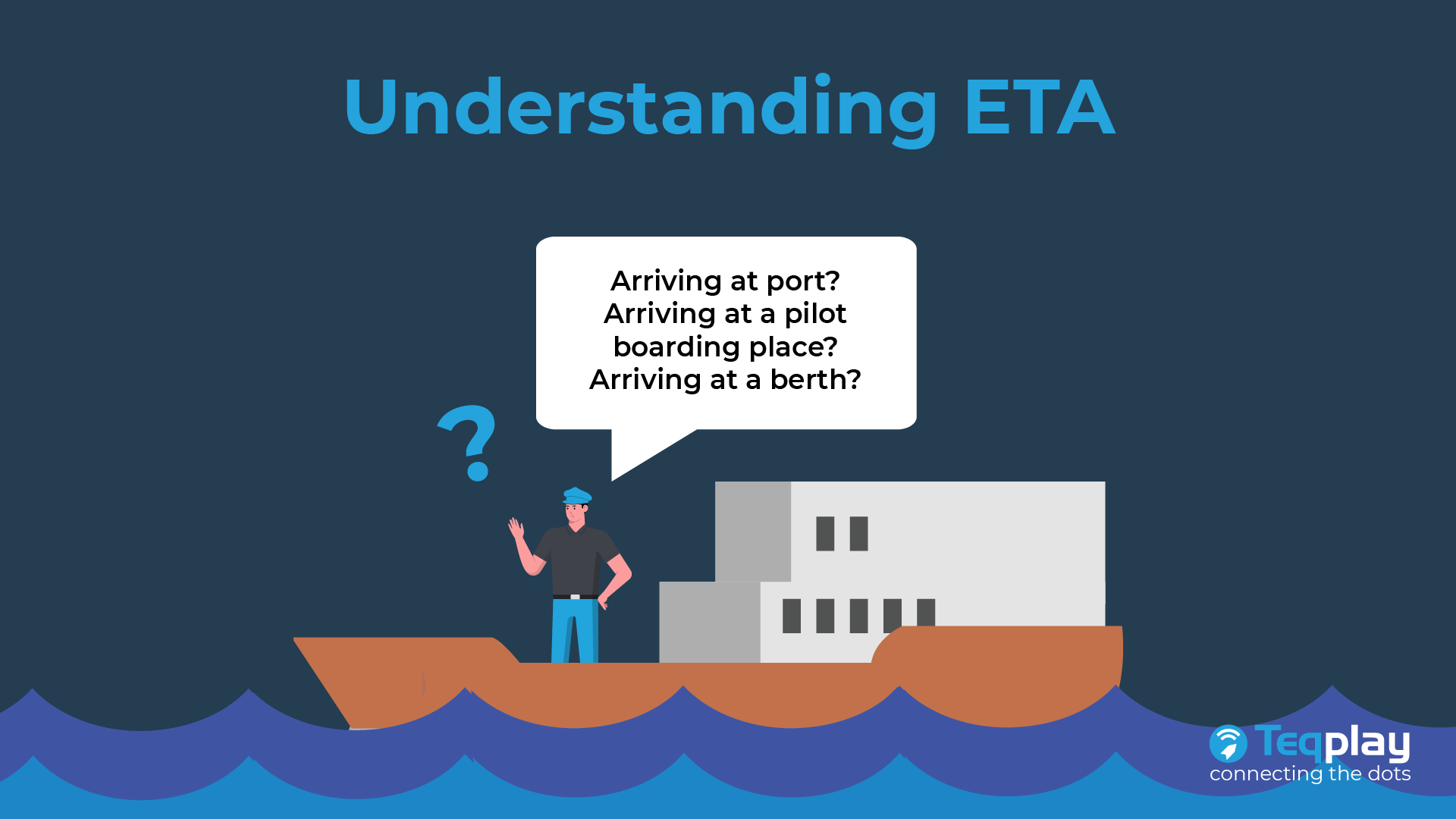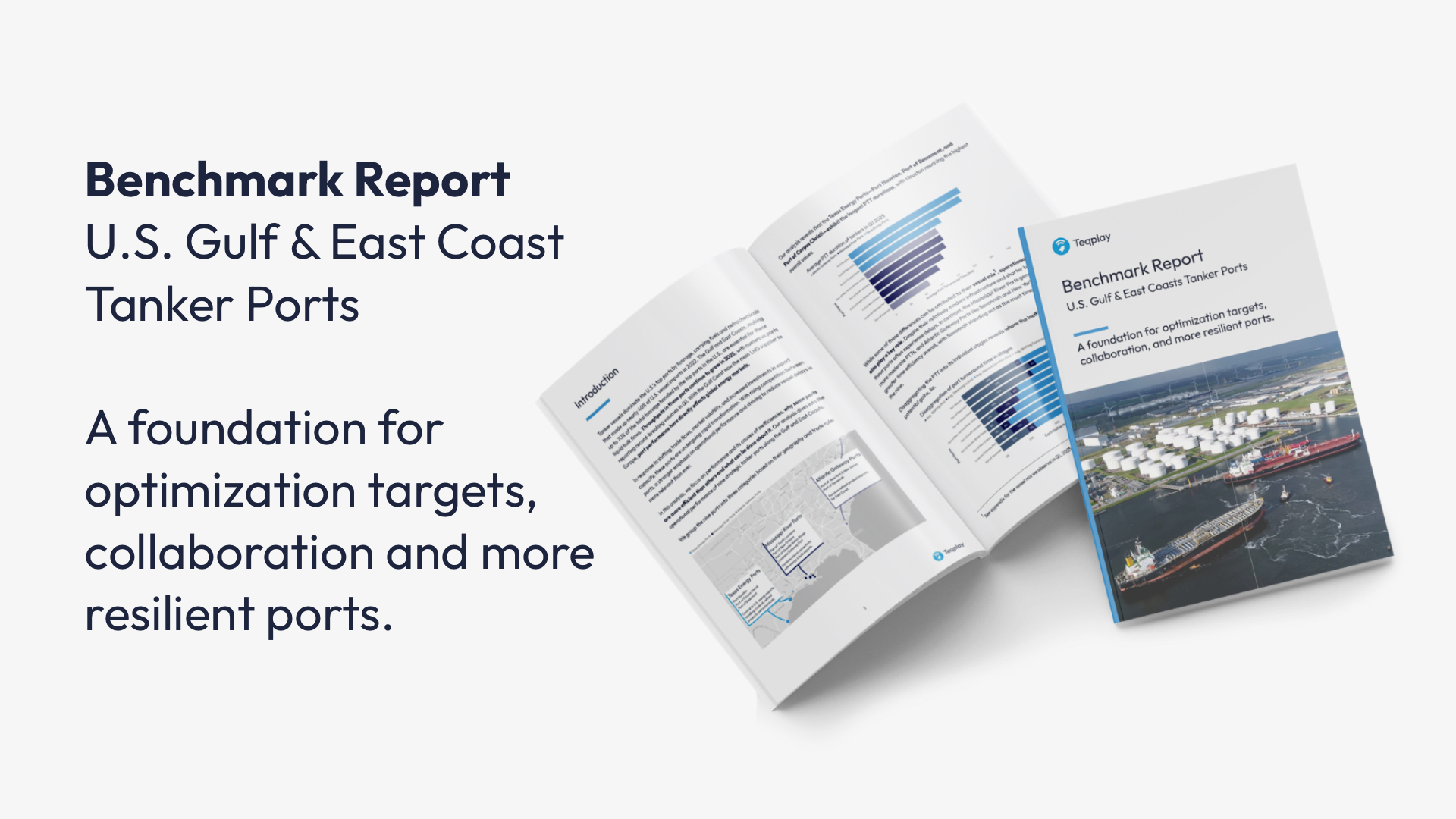ETA, or Estimated Time of Arrival, is a critical concept in the maritime industry. It is used to plan and coordinate the port call by various parties involved in the process. However, getting ETA right is a challenging task due to various reasons. Today’s blog will give readers insights into the importance of ETA and the solutions that can help improve its accuracy.
Why is ETA important?
As mentioned earlier, ETA is crucial for planning and coordinating the port call. A port call may involve up to 28 parties, including shipping agents, pilots, tugboats, stevedores, and terminal operators, among others. Each of these parties has its own planning and coordination, and they all need to be aware of when a ship is expected to arrive.
ETA is also important for inventory management. When a ship arrives at a port, it needs to be unloaded and loaded with cargo, which is then transported to the next destination. For this process to work efficiently, there needs to be storage space available at the port. If the ETA is inaccurate, it can lead to overstocking or understocking of inventory, which can have a significant impact on the supply chain.
Moreover, ETA is critical for safety and security. When a ship arrives at a port, it requires various resources, such as berths, cranes, and labor. If the ETA is incorrect, it can lead to a shortage of resources or even cause accidents, which can have serious consequences.
Why is ETA hard to get right?
One of the main reasons ETA is challenging to get right is because there are different definitions of ETA. ETA can be defined as arriving at port, arriving at a pilot boarding place, or arriving at a berth. Depending on the definition, the ETA will also vary, making it difficult to standardize.
Additionally, there are many sources that can produce ETA. The ship’s crew, shipping agents, and port authorities all communicate ETA based on their perspective, which can lead to confusion and inaccuracies.
On top of that, the world is also constantly changing, and unexpected events, such as weather conditions or mechanical breakdowns, can easily impact the ETA. Therefore, it is essential to constantly update and monitor ETA to ensure it is accurate.
Digital solutions to improve ETA accuracy
The advent of digitalization has brought new solutions to improve ETA accuracy. One example is the use of data analytics and machine learning algorithms that can analyze historical data and real-time information to predict ETA accurately. These algorithms can consider various factors such as weather conditions, vessel speed, and previous port call history to make more accurate ETA predictions.
Another important solution is the use of collaborative platforms that can connect all parties involved in the port call process. These platforms enable real-time communication and data sharing, leading to better coordination and reduced delays.
Teqplay places a lot of emphasis on improving ETA accuracy when developing solutions. With our maritime experience and insights in the important aspects of not only ETA, but many other maritime processes, Teqplay aims to create a better future for the maritime industry.

Léon Gommans | CEO/Co Founder of Teqplay
A serial entrepreneur who’s passionate about #innovation, #technology, #collaboration, and of course, #maritime. The mission is: to connect the dots & to get it to work, together with the industry!
- +31 (0)6 55306660
- leon@teqplay.com
- Léon Gommans




